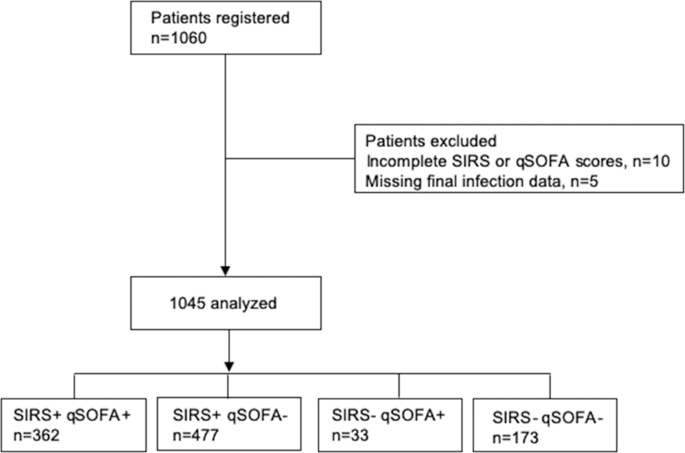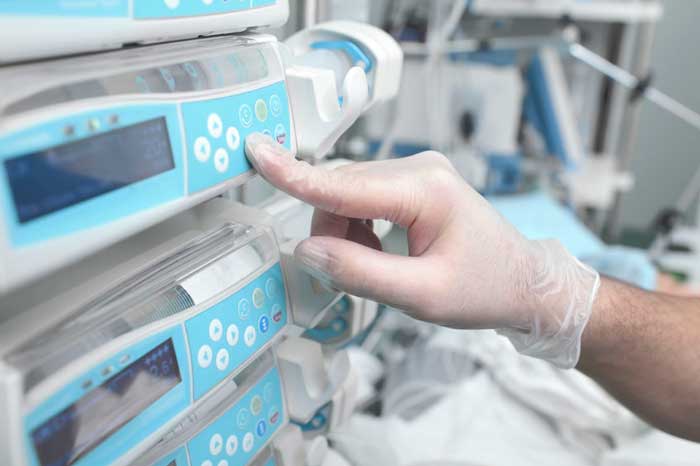- Joined
- Sep 17, 2016
- Messages
- 778
- Reaction score
- 1,251
- Points
- 5,276
- Age
- 38
- Attending Physician
Not in a long time. Last time was on someone admitted to ICU with rip roaring sepsis. They died the same day.Same reason insulin and Eli is hundreds of dollars. I don’t know. I doubt she was lying.
Probably because there is not a bunch of it laying around and companies were probably not making a bunch of it and then Covid came and demand shot up.
I don’t know.
When was the last time you ordered some IV Vitamin C?
IV thiamine is my vitamin of choice!!







